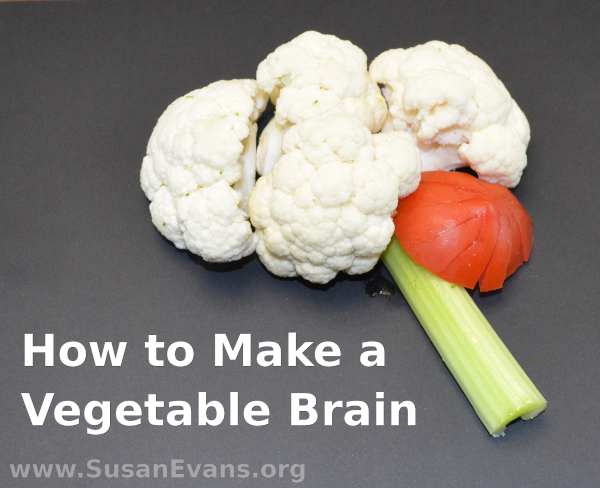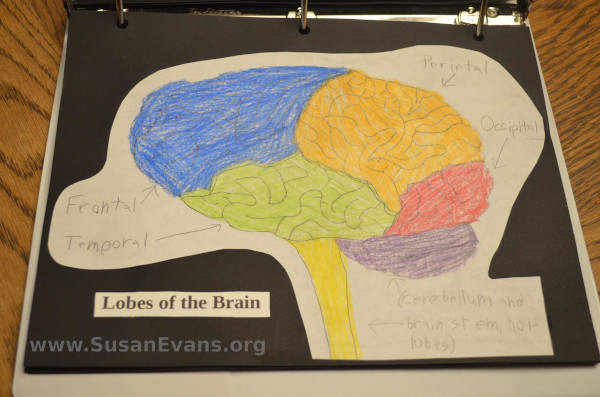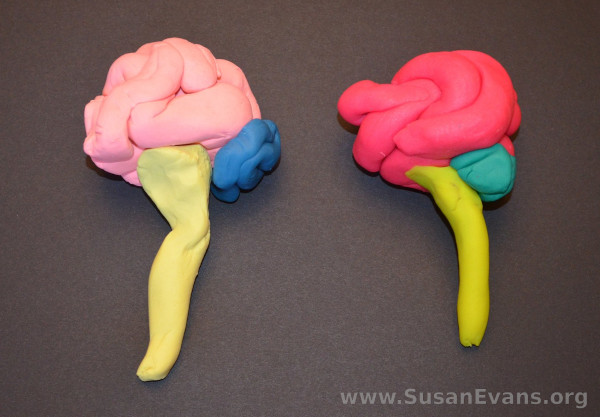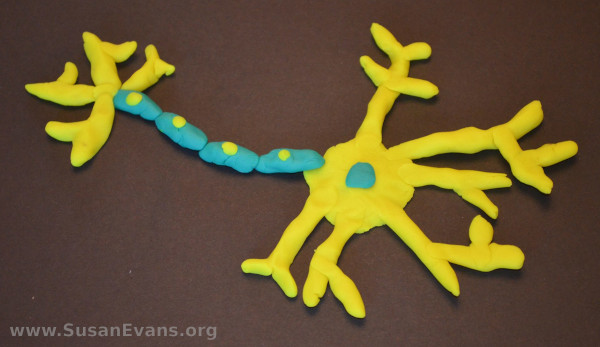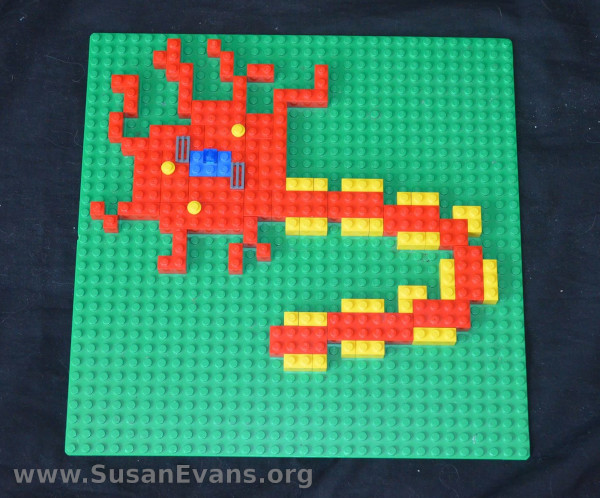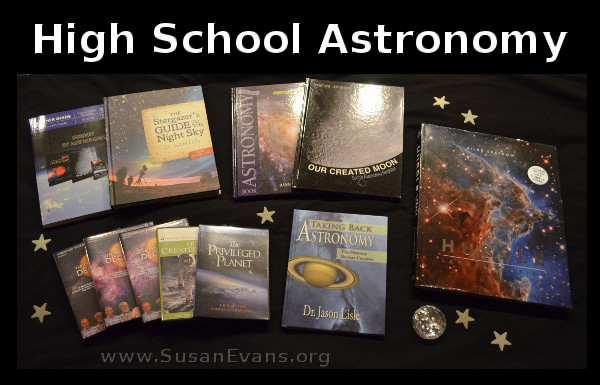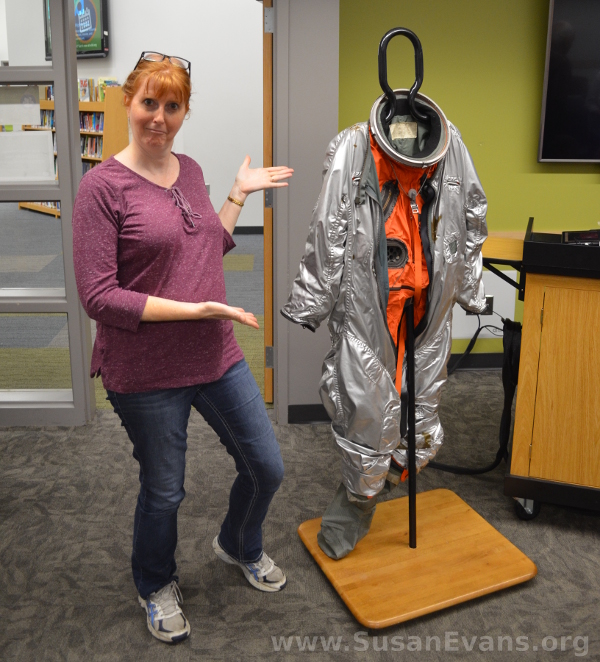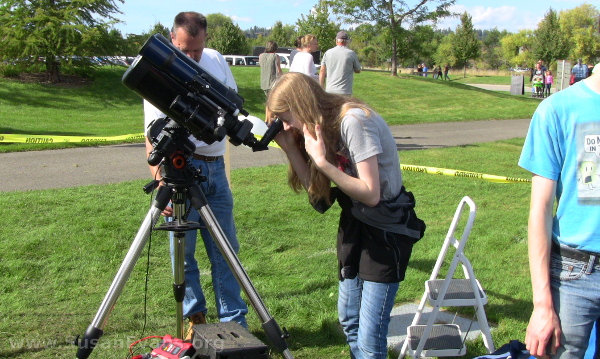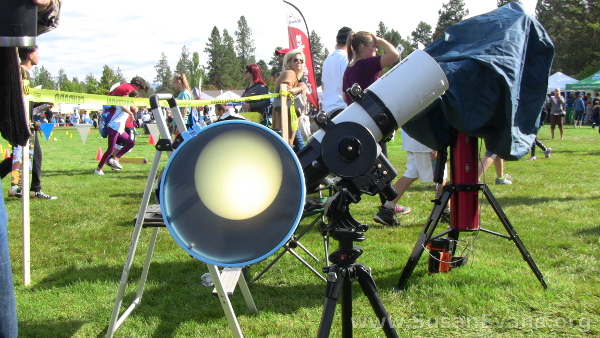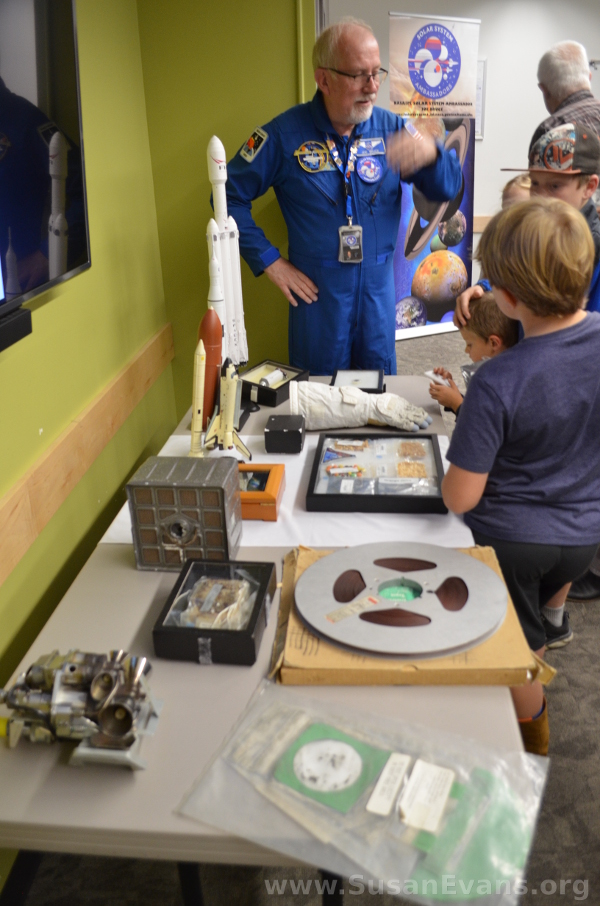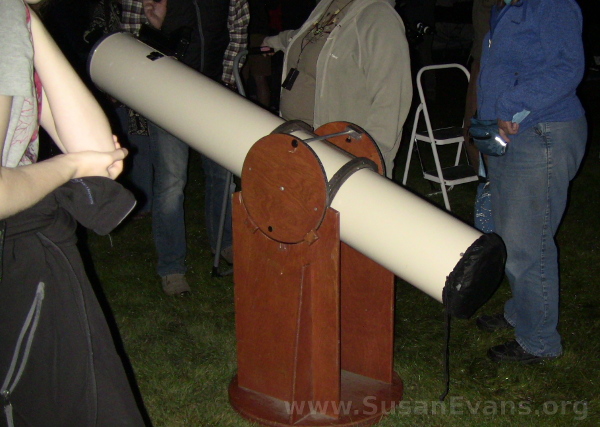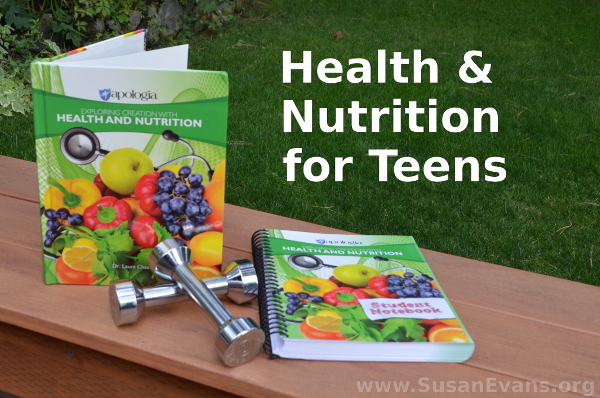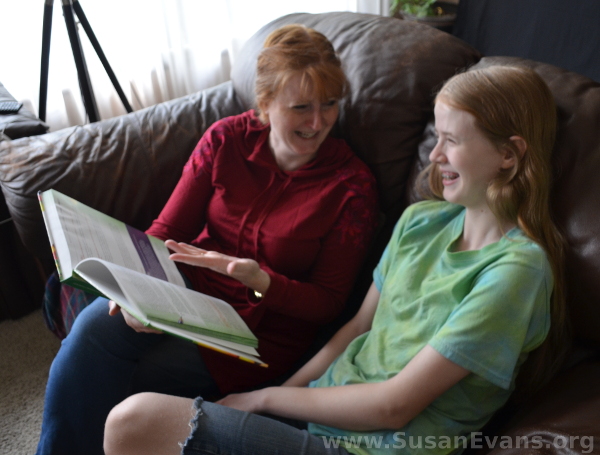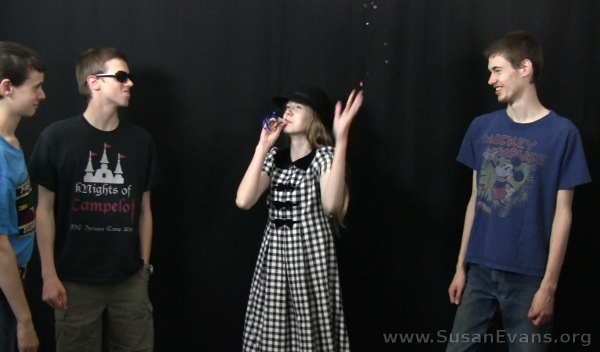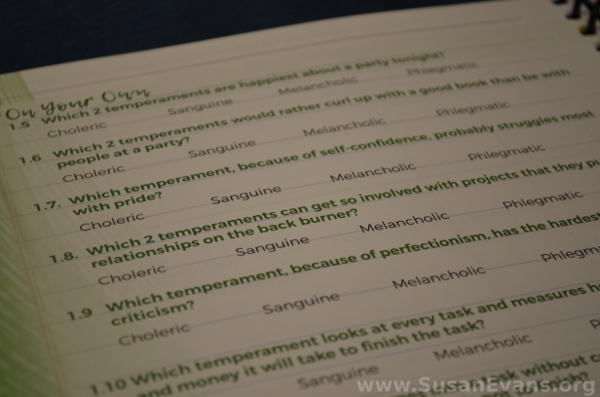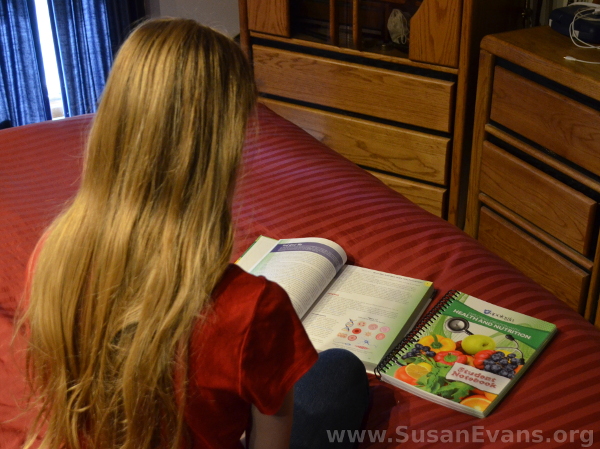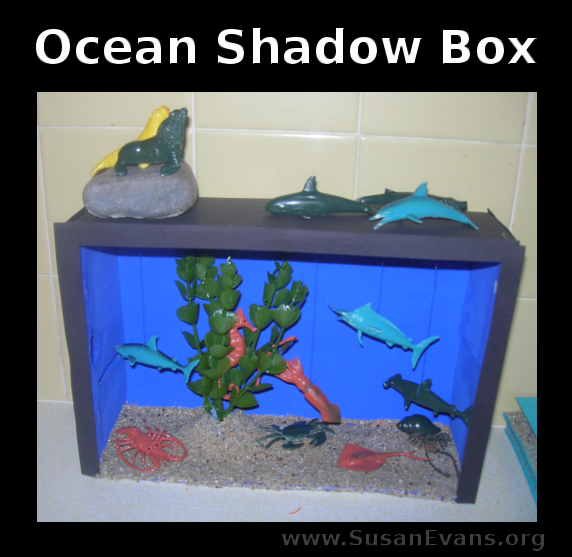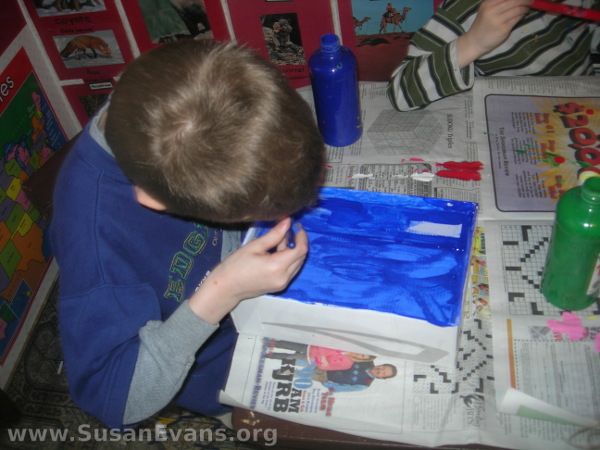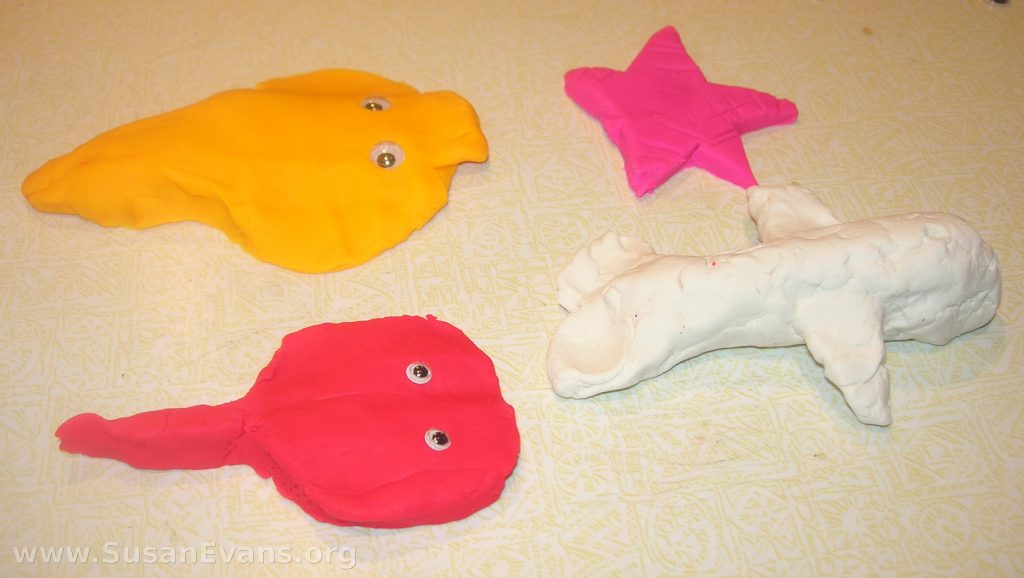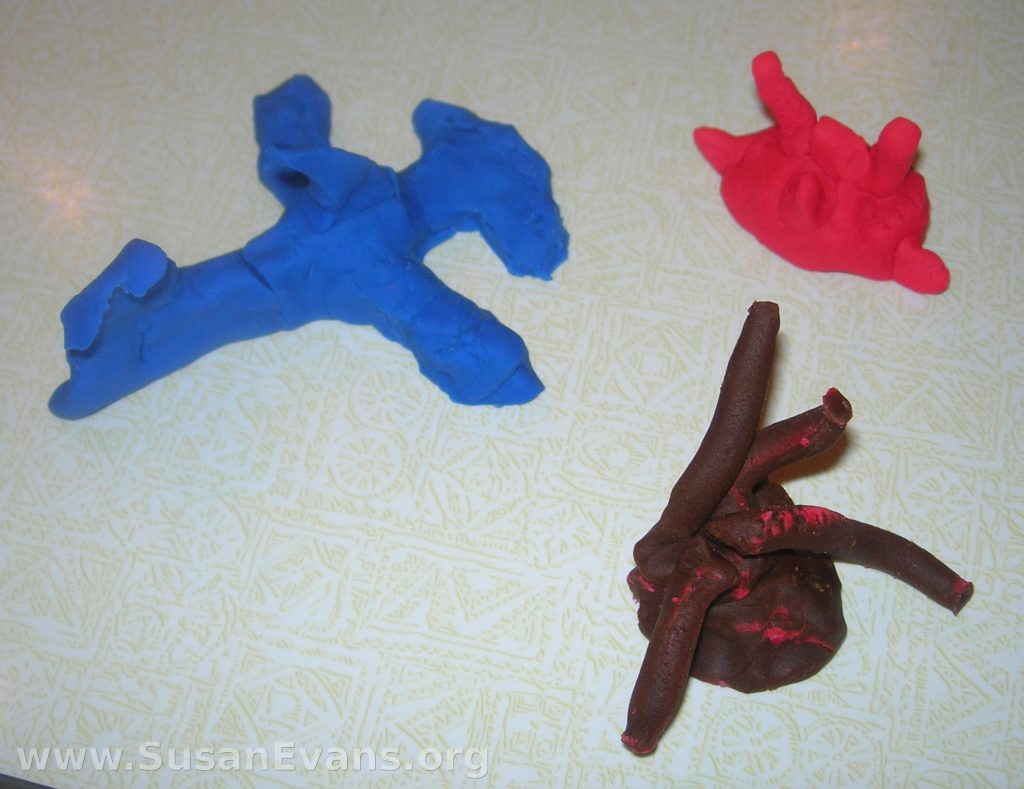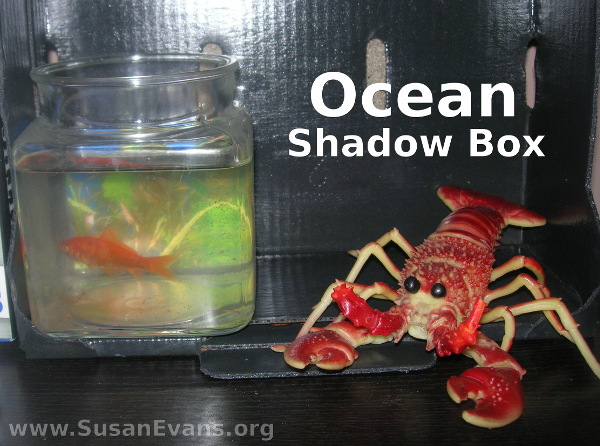Studying the brain? Today I will be showing you several hands-on brain activities, including how to make a vegetable brain. My daughter and I are studying psychology from a Christian perspective with a curriculum by 7 Sisters Homeschool. The first chapter was on “The Brain and How It Works.” We learned all the different parts of the brain and how they function together to help us to think and make sense of the world around us.
But first we answered the question: What is psychology? It’s the study of the mind, which is why it’s appropriate to begin by looking at the brain.
Throughout history, though, people have talked about the mind being in other parts of the body, like in your heart or in your bowels. Eeks! Even in modern times, we have sayings that refer to body parts when talking about emotions. Here is a list that my daughter Rachel came up with, along with what each one means:
Music to my ears— Something you wanted to hear
A sight for sore eyes— Relief
I love you with all my heart— I love you a lot
Keep your nose to the grindstone— Keep working
Cold shoulder— Not being open and talking
The apple of my eye— My most treasured thing that I’ll protect
Hands down— Not arguable
Next in our study of psychology, we looked at the human brain and noticed that it looked like cauliflower. Yes, it does. I’m sure you’ve noticed it, too. So we decided to grab some vegetables (including cauliflower) to make a vegetable brain:
How to Make a Vegetable Brain
Grab some cauliflower for the different lobes of the brain: frontal, perietal, occipital, and temporal lobes. Fit them together like a puzzle. Then shove a stick of celery into it from the right side at a diagonal, for the brain stem, which is connected to the spinal cord. A piece of tomato can be the cerebellum at the back of the neck, under the occipital and temporal lobes. Voila! A vegetable brain!
More Hands-on Brain Activities:
You can always draw a diagram of the human brain and color it it with colored pencils:
Then you can grab some play-doh and form a brain by rolling the play-doh into a snake and then coiling it up in a spaghetti mess for the all the lobes of the brain. (If you want, you can make each lobe a different color rather than lumping it all together.) The brain stem and cerebellum can be formed out of different colors and attached to the spaghetti brain:
The brain is made up of neurons, which are cells in the nervous system that transmit information. Each neuron has a body, axon, and dentrites. While your play-doh is out, you might as well make a play-doh neuron:
Or take out LEGOs and create a LEGO neuron:
Once you’ve done one or two or all of these fabulous activities, you should have a fairly good grasp of the human brain and its functions. (In the video above, I mention what each main part of the brain is, and how each part functions.)
If you are wondering which curriculum we are using, here it is: {affiliate link} Introduction to Psychology by 7 Sisters Homeschool. I love their no-nonsense approach, so that you can get through the basics of psychology without all the fluff. This gives us time to add fun hands-on activities, skits, and movies to the curriculum. Their teacher’s guide includes links to videos and articles online to augment the material presented, along with lists of movies and books that are appropriate to add to each chapter if you want to have an even beefier course. I’m loving it!
